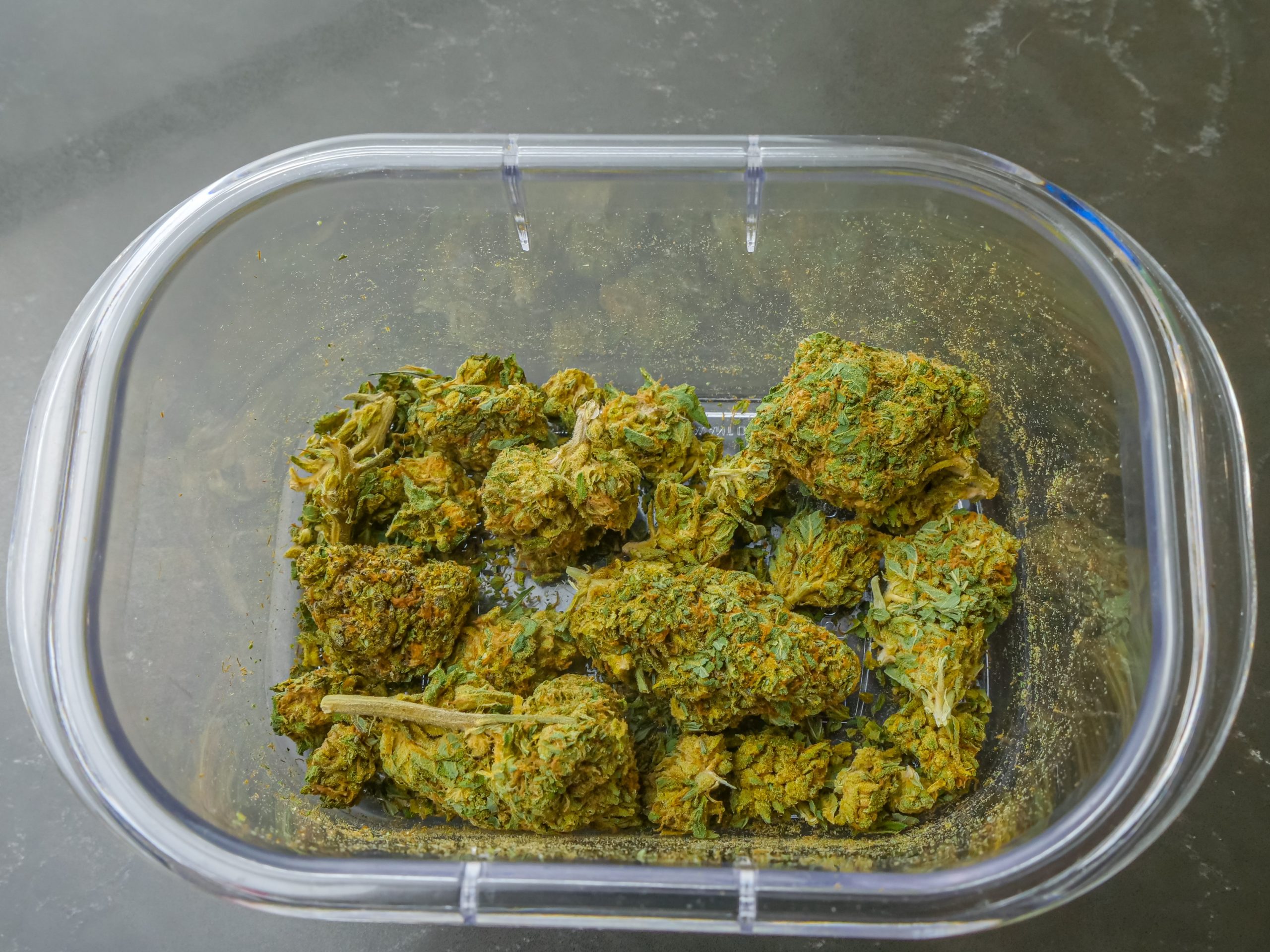
Introduction
The cannabis industry has undergone a remarkable transformation in recent years, evolving from a taboo, underground market to a legitimate, booming industry. As legalization continues to spread across the United States and other parts of the world, businesses within the cannabis sector are faced with a unique challenge: how to effectively advertise their products and services in a heavily regulated and stigmatized environment.
Advertising in the cannabis industry can be tricky, as strict regulations and social perceptions still cast a shadow over the market. However, with the right strategies and a thorough understanding of the legal and ethical landscape, businesses can successfully navigate these challenges and tap into the immense potential of the cannabis market. In this article, we’ll explore key principles and strategies for advertising in the cannabis industry.
Know the Regulatory Landscape
One of the most critical aspects of advertising in the cannabis industry is understanding and complying with the ever-evolving regulatory framework. Cannabis regulations can vary significantly from one jurisdiction to another, so it’s crucial to stay informed about the specific rules and guidelines that apply to your business.
Key regulatory considerations include:
- Age restrictions: Most jurisdictions require that cannabis advertising is only accessible to adults of legal consumption age. Verify age through age-gating mechanisms on your website or social media profiles.
- Content restrictions: Many regulations prohibit certain types of content, such as images that appeal to minors, false health claims, or explicit or obscene materials. Always ensure your advertising materials are in compliance with these restrictions.
- Location-based regulations: Be aware of local zoning laws that may restrict where and how you can advertise cannabis products. Some jurisdictions may prohibit advertising near schools, parks, or other sensitive areas.
- Labeling and packaging rules: Ensure that your product labels and packaging comply with local regulations. Failure to do so can result in legal consequences and damage your brand’s reputation.
- Advertising mediums: Different jurisdictions may have limitations on the types of advertising mediums you can usFor example, some areas may allow digital advertising but restrict outdoor billboards.
Develop a Strong Brand Identity
Creating a compelling and memorable brand identity is crucial for standing out in the crowded cannabis market. Your brand should reflect your company’s values, mission, and the unique qualities of your products or services. When developing your brand identity, consider the following:
- Visual identity: Design a distinctive logo, color scheme, and packaging that resonate with your target audience. Make sure your branding is consistent across all marketing materials.
- Storytelling: Craft a compelling brand story that connects with consumers on a personal level. Highlight the journey of your business, your commitment to quality, and your dedication to responsible cannabis use.
- Education: Use your brand to educate consumers about cannabis, its benefits, and responsible consumption. This approach can help reduce stigma and build trust.
Utilize Digital Marketing
In an age where digital marketing dominates the advertising landscape, cannabis businesses must leverage online channels effectively. However, because cannabis remains federally illegal in the United States, navigating the digital advertising landscape requires some creativity. Here are some digital marketing strategies to consider:
- Content marketing: Develop high-quality blog posts, articles, videos, and podcasts that provide valuable information to your target audience, This can help position your brand as an authority in the cannabis industry.
- Social media: While many social media platforms have strict advertising policies related to cannabis, you can still use them to build a community and share educational content. Be mindful of platform-specific rules and guidelines.
- SEO and SEM: Optimize your website for search engines (SEO) and consider pay-per-click advertising (SEM) to drive organic and paid traffic to your site. Target specific keywords related to cannabis and your products or services.
- Email marketing: Build an email list of interested customers and use email marketing campaigns to share product updates, promotions, and educational content.
Leverage Influencer Marketing
Influencer marketing has gained significant traction in the cannabis industry. Partnering with cannabis influencers who have a substantial following can help you reach a broader audience. However, it’s crucial to choose influencers who align with your brand values and are knowledgeable about responsible cannabis use.
Before engaging in influencer marketing, consider the following:
- Due diligence: Research potential influencers thoroughly to ensure they have an authentic following and a positive reputation in the cannabis community.
- Transparency: Clearly disclose any paid partnerships with influencers to maintain transparency and trust with your audience.
- Collaboration: Work closely with influencers to create content that resonates with their audience while aligning with your brand’s messaging.
Attend Cannabis Events and Trade Shows
Participating in cannabis events and trade shows can be an effective way to showcase your products and connect with potential customers and partners. These events provide a platform for networking and building brand awareness within the industry.
Here are some tips for success at cannabis events:
- Booth design: Create an eye-catching booth that reflects your brand identity and draws attendees in. Consider offering samples or demonstrations to engage visitors.
- Networking: Attendees at cannabis events often include industry professionals, investors, and potential customers. Use these opportunities to build valuable relationships.
- Compliance: Ensure that all promotional materials and products at your booth comply with event regulations and local laws.
Embrace Sustainability and Social Responsibility
The cannabis industry has a unique opportunity to embrace sustainability and social responsibility as core values. Consumers increasingly seek brands that prioritize environmental stewardship and ethical practices. Here are some ways to demonstrate your commitment:
- Sustainable packaging: Use eco-friendly packaging materials and reduce waste wherever possible.
- Community engagement: Get involved in local communities and support social initiatives related to cannabis education, equity, and inclusion.
- Transparency: Be open about your cultivation and production methods, emphasizing responsible practices.
Advertising in the cannabis industry presents a host of challenges, from navigating complex regulations to overcoming lingering social stigma. However, with a strategic approach that focuses on compliance, brand development, digital marketing, and responsible business practices, cannabis businesses can thrive in this rapidly growing market. As the industry continues to evolve, those who embrace these principles will have the best chance of success in this green opportunity.
EXPLORE MORE NEWS
Newsletter




